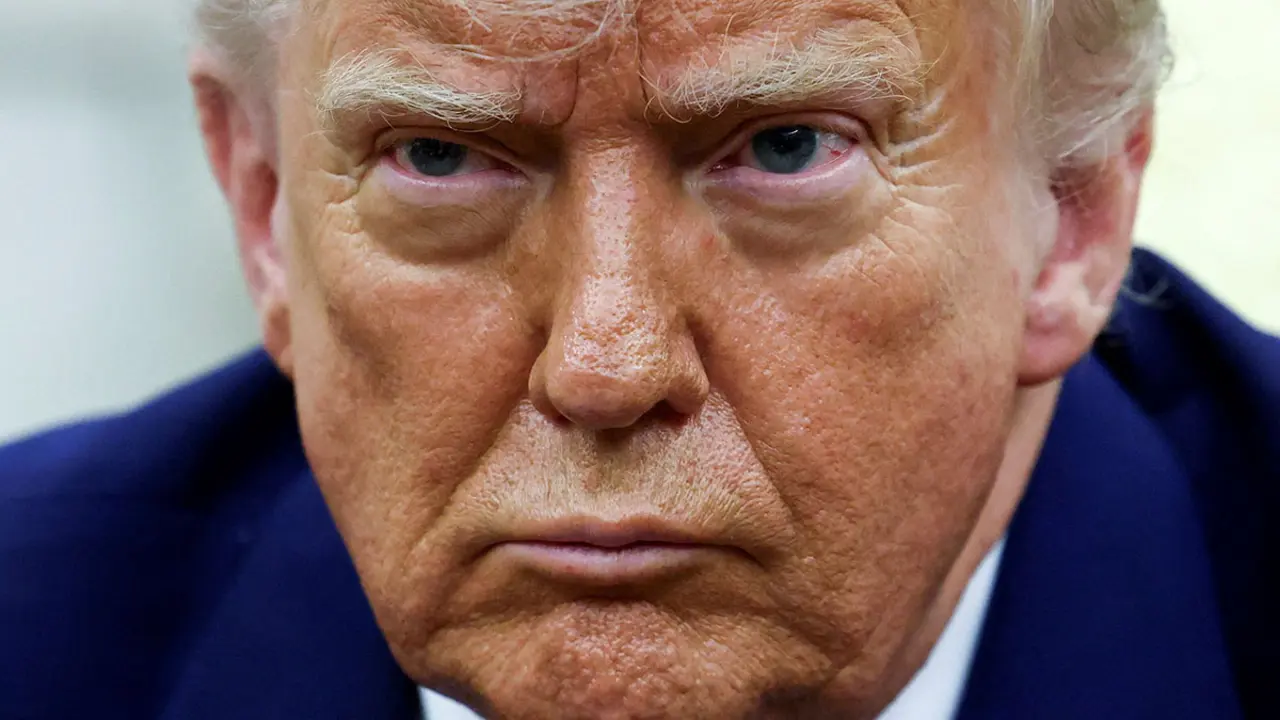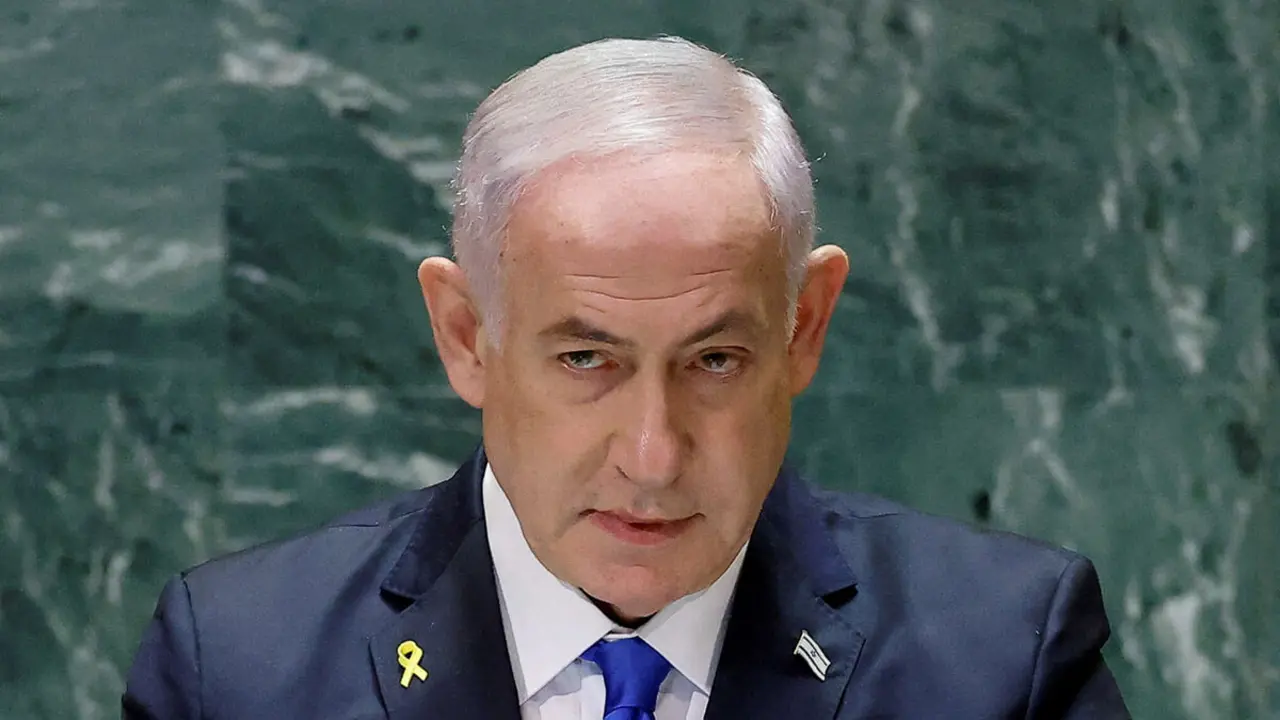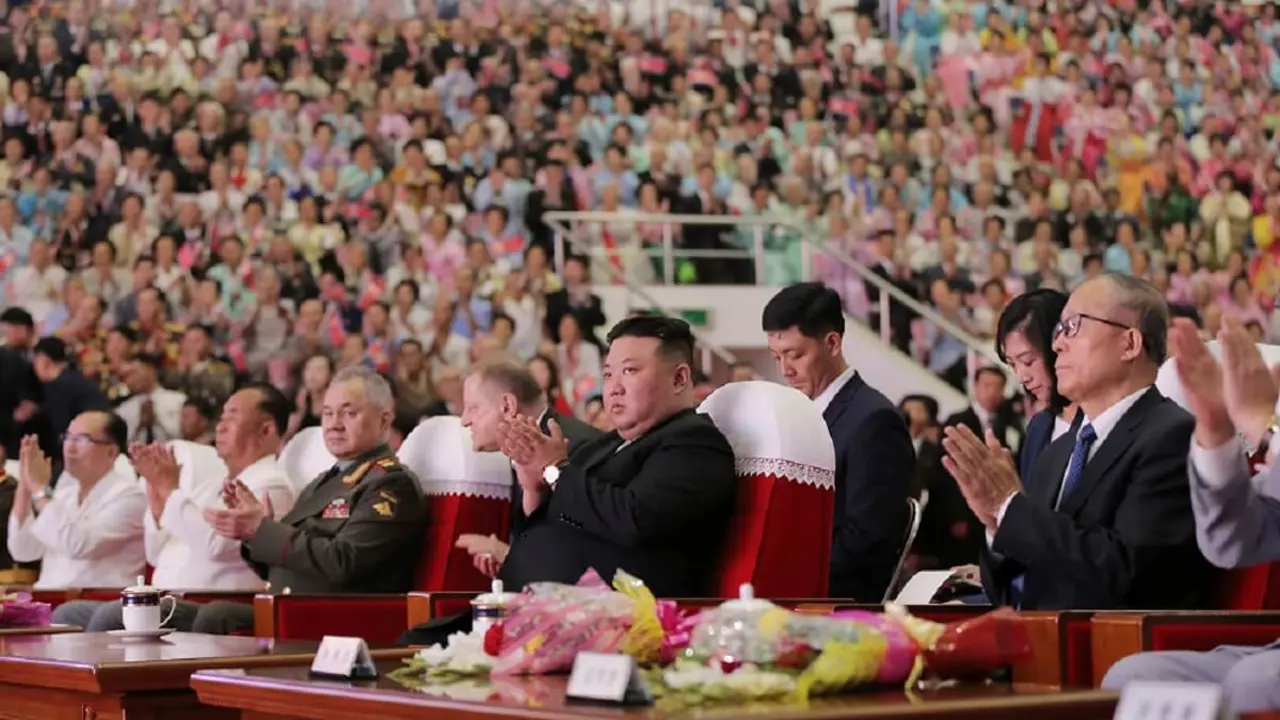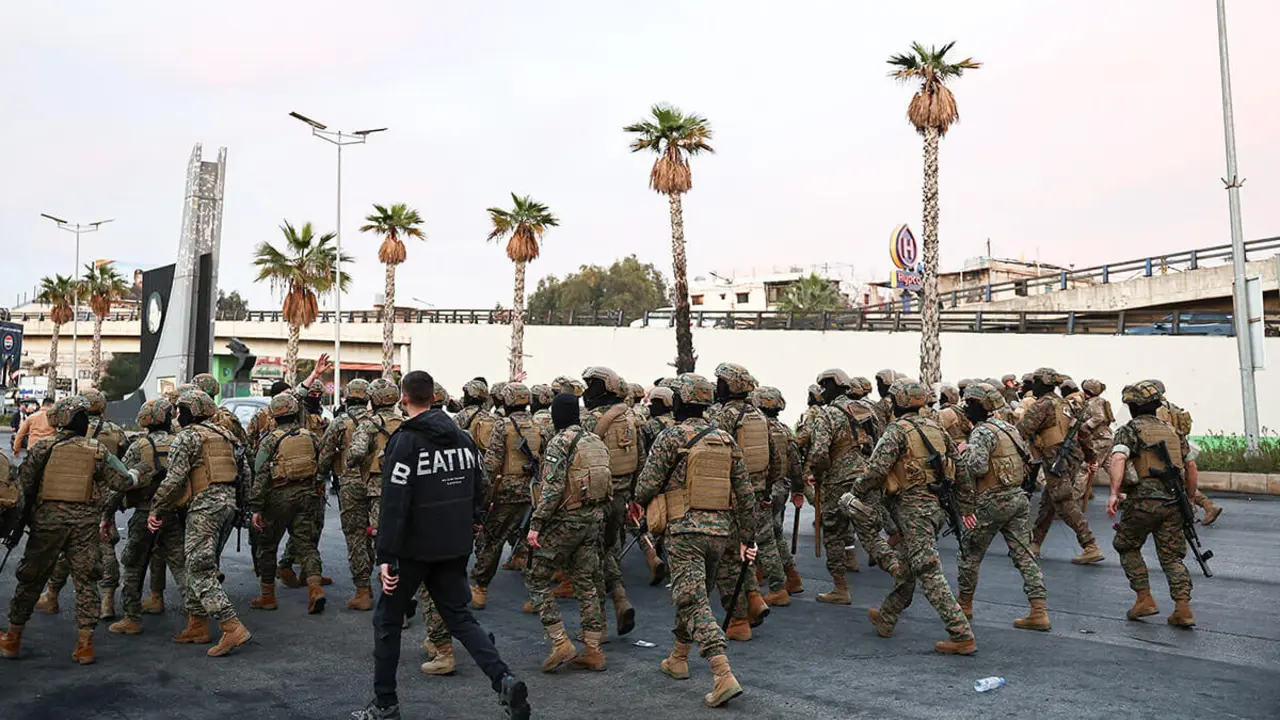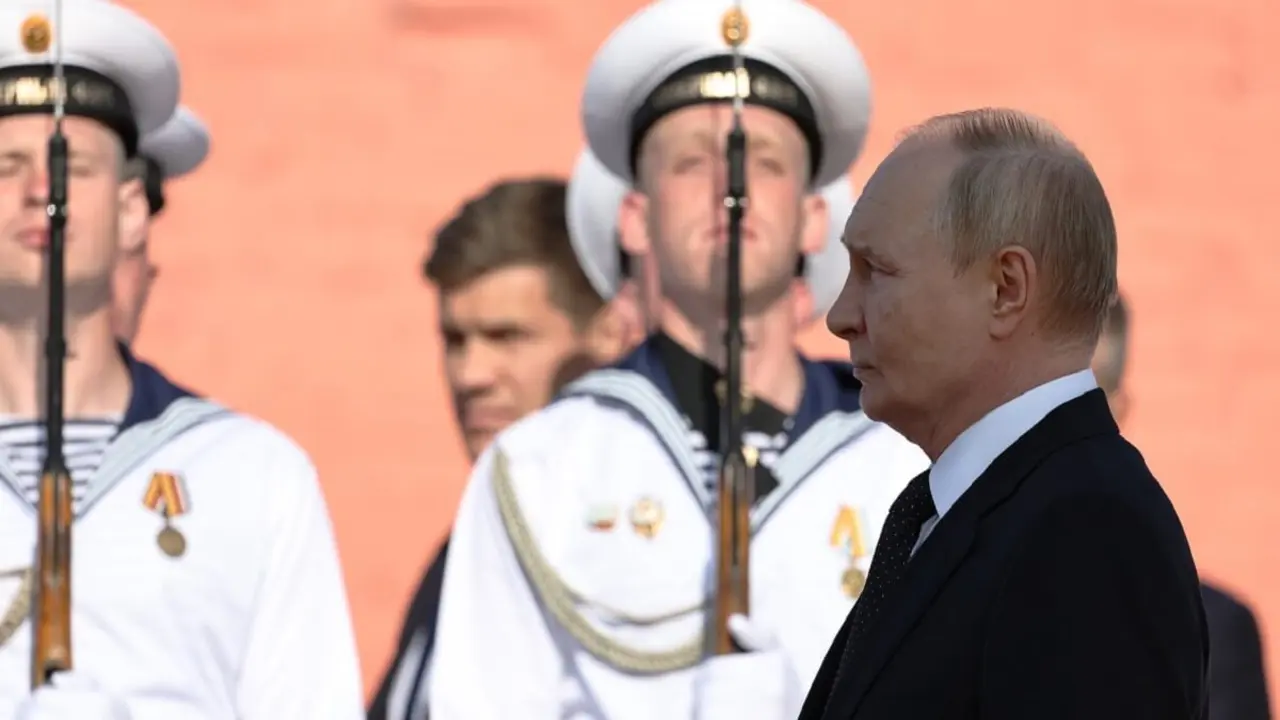Iranian students go on strike and protests rage across Iran
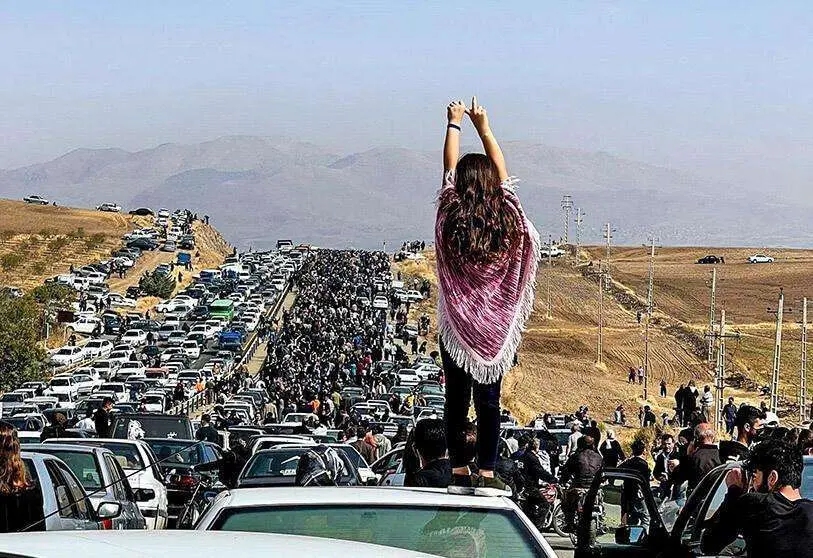
The death of Mahsa Amini at the hands of the Iranian authorities unleashed a gale of protests that, far from coming to an end, continues to grow by leaps and bounds. This time, university students, who are leading the demonstrations, have gone on strike against the warnings of the security forces. Tehran and Isfahan were the two cities that saw the most demonstrations in this initiative aimed at continuing to exert pressure against the regime of Ali Khamenei, which seems to be weakening by the day and whose downfall Iranian citizens dream of.

However, the reality conveyed by observers is that the complete fall of the Ayatollah dictatorship is indeed complicated. While it is true that a political change could occur, directly targeting the figure of Ebrahim Raisi, it also seems difficult to achieve in the short term. What is also clear is that, if there is any possibility of change, it is to continue pushing on the streets and putting pressure on the Iranian government, which is experiencing its most unstable days.
Iran Human Rights (IHR) reported that students were preparing a sit-in on Tuesday at Isfahan University. The engineering faculty of Amir Kabir University in Tehran also experienced a similar situation when its students gathered in protest by refusing to attend classes. Two examples of protests that have spread to 129 universities across the country. These actions have been met with the arrest of 300 students since the protests began more than a month ago.
In Saqez, the hometown of Mahsa Amini, tens of thousands of people ignored governmental threats and roadblocks and showed up to mourn her on the 40th day of her killing. pic.twitter.com/XU3wbcYi0X
— Karim Sadjadpour (@ksadjadpour) October 26, 2022
Not even the harsh repression with which the Iranian authorities are responding to the protests has been enough to make the demonstrators cease their activity. Indeed, the protests have only increased as the days - 45 since the murder of the young Kurdish woman - have passed. As many as 287 people have been killed by Iranian forces who did not even respect the end of the mourning period, when thousands of Iranians flocked to Amini's grave to pay tribute to her 40 days after her death. The authorities intervened at the Saqqez cemetery to try to prevent a congregation that also brought together family and friends of the young woman, as well as a large number of anti-regime demonstrators.
Saqqez, located in Iranian Kurdistan, saw "security forces tear gassing and firing at people in Zindan Square", according to Hengaw, an organisation that denounces human rights violations in the region. In addition, the Iranian authorities were mobilised to prevent citizens from other areas from approaching the cemetery by cutting off access to nearby roads. What the security forces could not prevent were the protests that spread to 30 cities across the country on the same day, describing those in Tehran as "the strongest so far".

The cries of "Death to the dictator", "Ali Khamenei will be overthrown" and "woman, life, freedom" are louder than ever on the streets of Iran. Sanam Vakil deputy director of the Royal Institute of International Affairs believes that "these protests are seen as an opportunity to push for change ... this is a moment they hope to seize". However, efforts are also required from the international community, such as the possibility of extending sanctions on Iran that German Chancellor Olaf Scholz says are being considered within the European Union.
"People demonstrating peacefully in the protests in Iran are dying," Scholz said. While the EU is planning how to put pressure on the Iranian regime, Canada is one of the countries that has already taken the initiative to implement new sanctions against Iran's police and judicial officials. Foreign assistance is crucial, observers say. Without it, they believe, the Iranian population will not be able to withstand the pace of protests as the authorities' repression, no matter how hard they try, may end up increasing the cost of lives to a level that is unbearable for the population.


